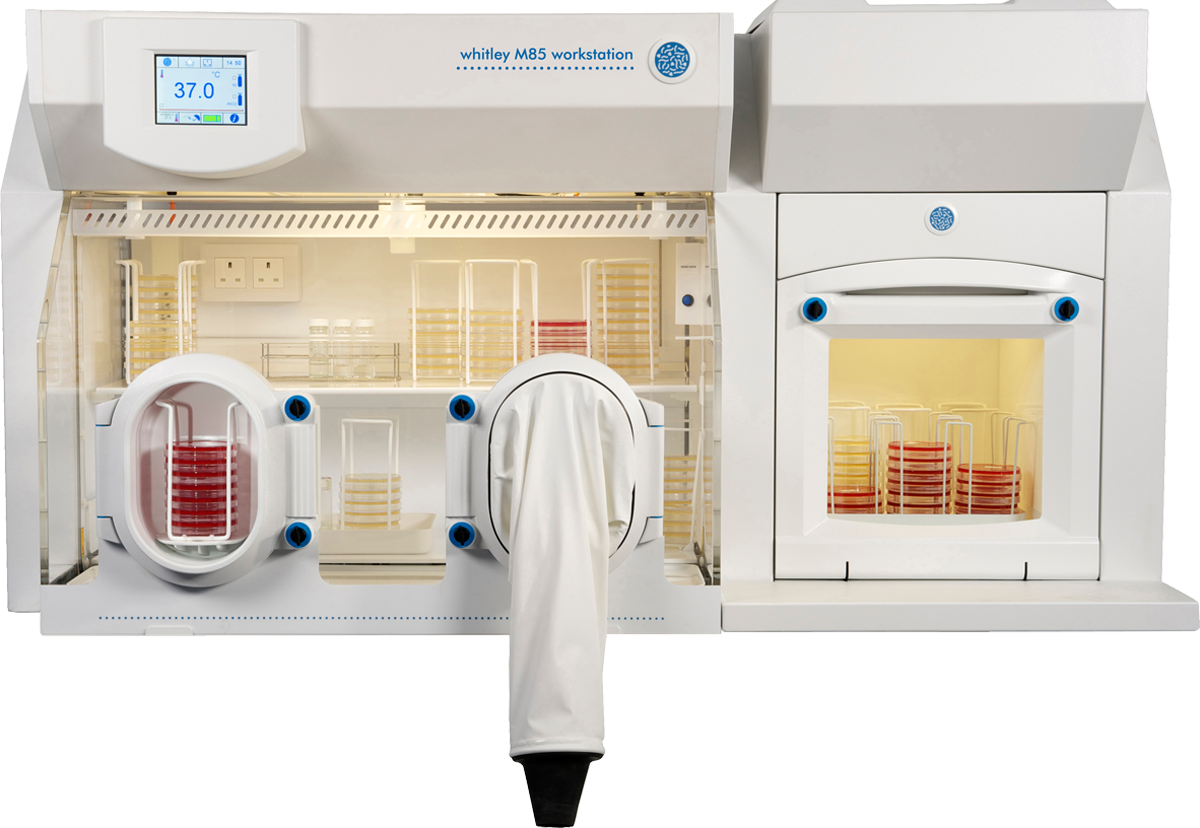
Campylobacter spp are considered one of the leading pathogens associated with human food‐borne infection outbreaks worldwide and the source is predominantly poultry meat and milk [1,2]. EFSA reported approximately 220,00 cases of human campylobacteriosis in 2019. Campylobacter spp are commensal organisms of the GI tract of several food producing animals, especially poultry, with horizontal transmission occurring throughout a flock [3]. They are readily transmissible to humans via consumption of contaminated foods, causing gastroenteritis with abdominal pain, fever and diarrhoea of varying severity [4].
The main species of concern is Campylobacter jejuni - a helical, non-spore-forming, Gram-negative bacterium which grows optimally in microaerobic conditions. The World Health Organization currently classifies C jejuni as a ‘High Priority Pathogen’ due to emerging antimicrobial resistance to multiple drugs including fluoroquinolones and macrolides [1]. Moreover, C jejuni colonization within a flock can have a significant impact on the wellbeing of the animals and causes a financial burden. It was recently found that caecal colonization with C jejuni and co-colonisation with Campylobacter coli and C jejuni together had significant impact on caecal villi morphology and the microbiota composition and diversity of meat producing turkeys [5].
A recent study assessed the efficiency of organic acids, medium chain fatty acids (MCFA) and essential oils as antimicrobial agents (minimum inhibitory concentration) against C jejuni, using the broth microdilution method [3]. Experimental work was conducted in a Whitley M85 Workstation to produce optimal microaerobic and thermophilic conditions. The MIC results were used by the team to establish a feed additive concentration in an in vitro model system, representative of the avian gut, and then evaluate each antimicrobial matrix in an in vivo model. After 60-minute treatment, all organic acid antimicrobials achieved an approximate 7 log10 CFU per ml reduction and the most effective MCFA antimicrobials showed a >5 log10 CFU per ml reduction in C jejuni [3]. Since the use of antibiotics as feed additives is prohibited within the EU, due to concerns regarding antimicrobial resistance, it is important to continue research in the area of inhibiting intestinal Campylobacter spp within meat producing animals as a way of combatting cases of human campylobacteriosis.
The DWS contract laboratory can provide a wide range of services including antimicrobial susceptibility testing (MIC) and microbiological assays.
References
- EFSA (2022) Monitoring AMR in Campylobacter jejuni from Italy in the last 10 years (2011–2021): Microbiological and WGS data risk assessment EFSA Journal 2022;20():e200406
- EFSA (2021) The European Union One Health 2019 Zoonoses Report EFSA Journal 2021;19(2):6406
- Genevieve Greene, Leonard Koolman, Paul Whyte, Helen Lynch, Aidan Coffey, Brigid Lucey, John Egan, Lisa O’Connor, Declan Bolton (2022) The efficacy of organic acid, medium chain fatty acid and essential oil based broiler treatments; in vitro anti-Campylobacter jejuni activity and the effect of these chemical-based treatments on broiler performance Journal of Applied Microbiology
- Luyao Ma, Jinsong Feng, Jingbin Zhang, Xiaonan Lu (2022) Campylobacter biofilms Microbiological Research
- Janina Rzeznitzeck, Gerhard Breves, Ivan Rychlik, Frederic J. Hoerr, Alexandra von Altrock, Alexandra Rath & Silke Rautenschlein (2022) The effect of Campylobacter jejuni and Campylobacter coli colonization on the gut morphology, functional integrity, and microbiota composition of female turkeys Gut pathogens
Whitley M85 Workstation



 en
en

 xEnglish
xEnglish